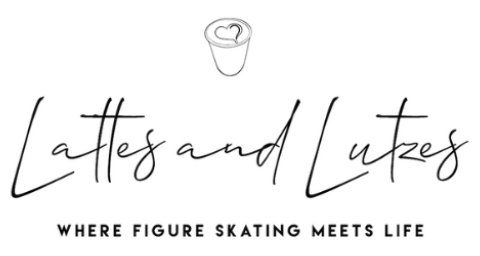
If you’ve been watching the Paris Olympics or been on any social media platform, you’ve likely heard the name Stephen Nedoroscik, also known as the “Pommel Horse Guy.” Stephen is the athlete in glasses, who can solve a Rubik’s cube in under 10 seconds, and traveled to Paris with one job: to nail his pommel horse routine. He did so brilliantly, helping the U.S. men’s gymnastics team end a 16-year medal drought.
So how does a young man from a local gym become the ‘it guy’ at the Olympics? He changed his focus, began carving his own path, and embraced his unique skills. When Nedoroscik moved from his local gym to Penn State and saw the talent of a collegiate team, he chose to carve his own path by focusing on what he did best—the pommel horse. He’s stuck with it ever since.
Create your own skating journey
Figure skating is a sport of comparison, chasing perfection, obsessing over scores, and maximizing each element’s point value. It’s easy to get caught up in comparing yourself to others during training sessions and feel ‘less than’ for not having a particular jump or spin in your program. But what if you were to hit the ‘pause button’ briefly to think about your skating journey? This means taking time to reflect on what areas of skating you enjoy, what you do particularly well, identifying areas for improvement, and setting personal goals around that. It’s about creating your own skating journey and definition of success that may not look like anyone else’s.
For example, I have a friend who is very expressive on the ice and loves performing. Her focus is on a Theater on Ice team, where she’s seen a lot of success. Another example at the elite level is Jason Brown. Although he’s struggled with quad jumps, he knew his artistry set him apart. He’s capitalized on that to gain maximum points for his programs, keeping him competitive. Jason spoke recently about changing his training schedule, incorporating more show skating, and then shifting to intense elite training before large competitions. He’s worked with resources available to him, adjusting his off-ice training, recovery, and nutrition to maximize performance. Jason is an excellent example of how to carve your own path (and if you know Jason you know his carving skills).
Define your own success
Creating your own journey on the ice teaches valuable life lessons. The more personal your goals and journey are, the more dedicated you are likely to be. Define your own success and know that persistence and hard work are essential to achieving those goals. We’ve all heard the expression, “Hard work beats talent when talent doesn’t work hard.” Figure skaters succeed because of their dedication, and this perseverance can be applied to other areas of life too. Learning from failures and setbacks is just as important. Seeing challenges as opportunities to learn helps build resilience.
Carving your own path helps build confidence and self-esteem. It allows you to define your success and pursue what genuinely excites and motivates you.
Carving tips
- Be in tune with yourself: Regular self-reflection helps you set short-term and long-term goals aligned with your values.
- Find your people: Find mentors and other skaters who support your unique journey and learn from their experiences while maintaining your individuality.
- Staying resilient and positive: Learn resilience in the face of challenges, know when it might be time to make a change, and keep a positive mindset to achieve your goals.
Figure skating, like life, is all about carving your own path. Embracing your unique strengths and setting personal goals can lead to real growth, fulfillment, and success. Whether you’re out on the ice or tackling life’s challenges, remember to stay true to yourself and enjoy the journey. How have you carved your own path in skating or in life? Share your stories and thoughts in the comments below!

Well stated. We must be true too ourself in all we do in life.